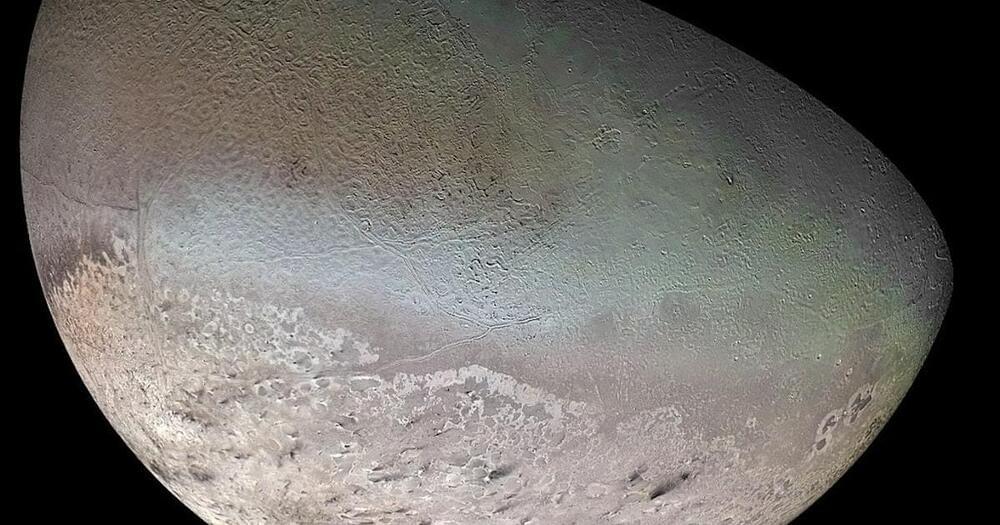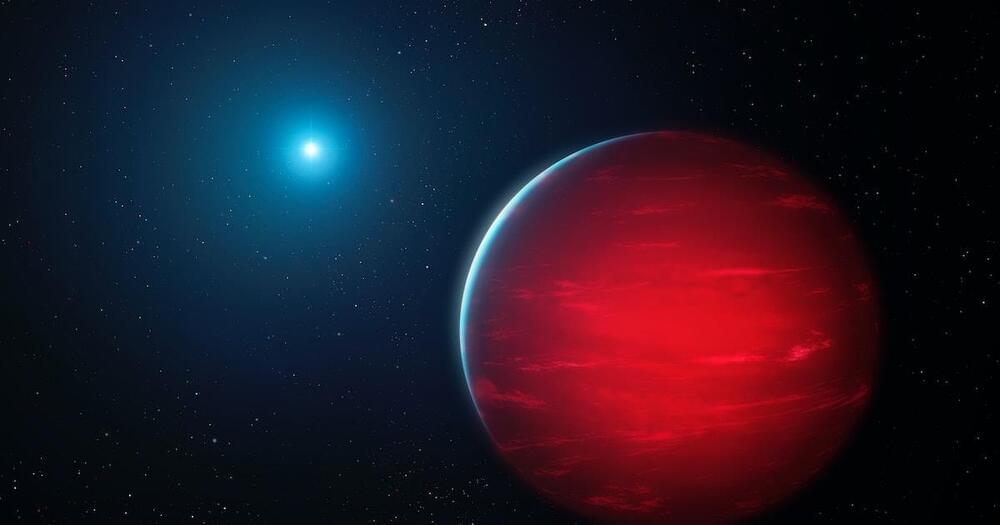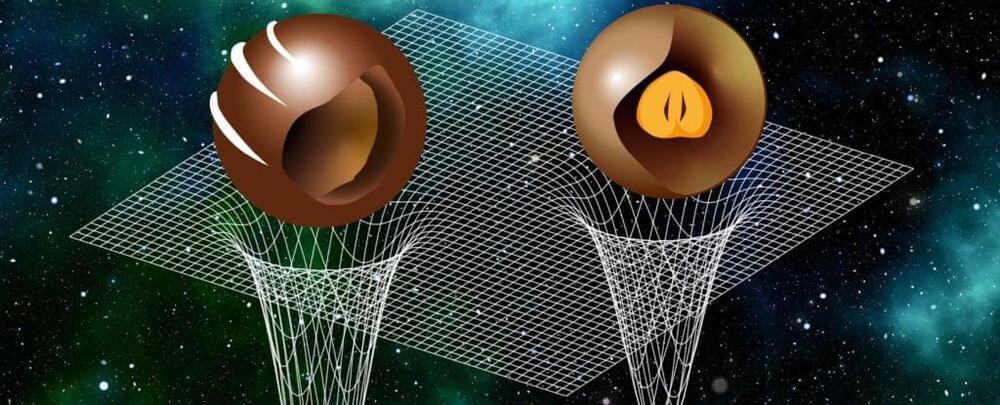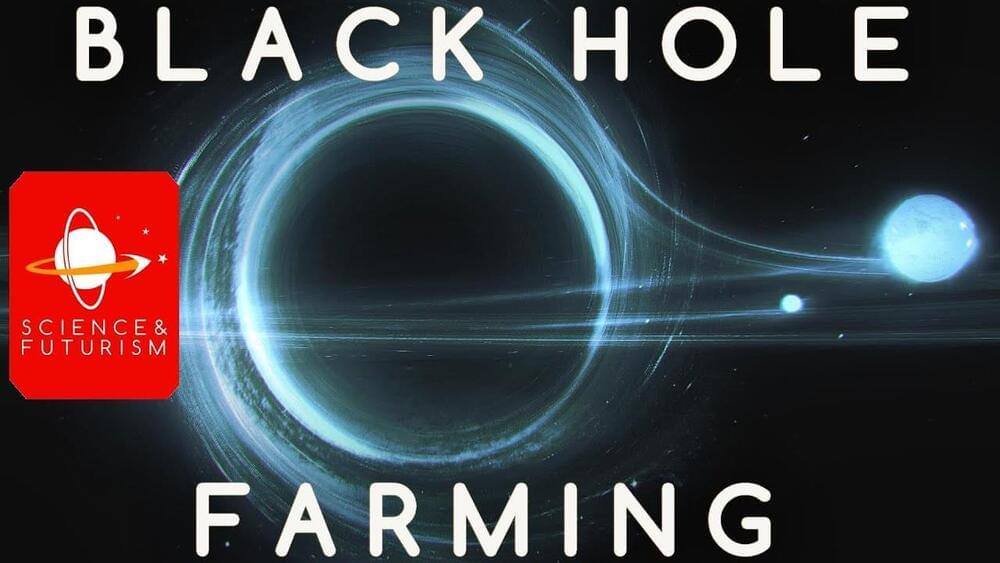Nov 23, 2022
How to test whether we’re living in a computer simulation
Posted by Saúl Morales Rodriguéz in categories: alien life, computing, particle physics
Physicists have long struggled to explain why the universe started out with conditions suitable for life to evolve. Why do the physical laws and constants take the very specific values that allow stars, planets and ultimately life to develop? The expansive force of the universe, dark energy, for example, is much weaker than theory suggests it should be—allowing matter to clump together rather than being ripped apart.
A common answer is that we live in an infinite multiverse of universes, so we shouldn’t be surprised that at least one universe has turned out as ours. But another is that our universe is a computer simulation, with someone (perhaps an advanced alien species) fine-tuning the conditions.
Continue reading “How to test whether we’re living in a computer simulation” »
















